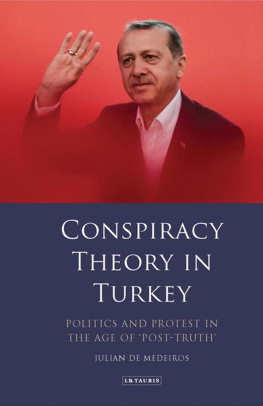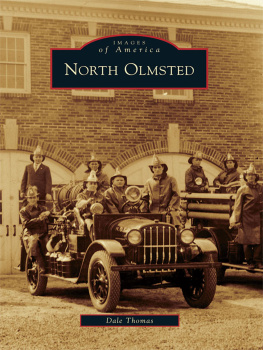Real Enemies
Real Enemies
Conspiracy Theories
and American Democracy,
World War I to 9/11
KATHRYN S. OLMSTED


Oxford University Press, Inc., publishes works that further Oxford Universitys objective of excellence in research, scholarship, and education.
Oxford New York
Auckland Cape Town Dar es Salaam Hong Kong Karachi
Kuala Lumpur Madrid Melbourne Mexico City Nairobi
New Delhi Shanghai Taipei Toronto
With offices in
Argentina Austria Brazil Chile Czech Republic France Greece
Guatemala Hungary Italy Japan Poland Portugal Singapore
South Korea Switzerland Thailand Turkey Ukraine Vietnam
Copyright 2009 by Oxford University Press, Inc.
Published by Oxford University Press, Inc.
198 Madison Avenue, New York, New York 10016
www.oup.com
Oxford is a registered trademark of Oxford University Press
All rights reserved. No part of this publication may be reproduced, stored in a retrieval system, or transmitted, in any form or by any means, electronic mechanical, photocopying, recording, or Otherwise, without the prior permission of Oxford University Press.
Library of Congress Cataloging-in-Publication Data Olmsted, Kathryn S.
Real enemies: conspiracy theories and American democracy.
World War I to 9/11 / Kathryn S. Olmsted.
p. cm.
includes bibliographical references and index.
ISBN 978-0-19-518353-5
1. United StatesPolitics and government20th century.
2. United StatesPolitics and government-2001
3. ConspiraciesUnited StatesHistory.
4. DeceptionPolitical aspectsUnited StatesHistory.
5 DemocracyUnited StatesHistory. I Title.
F743.046 2009
973.9dc22 2008013789
1 3 5 7 9 8 6 4 2
Printed in the United States of America on acid-free paper
For Bill
And for Julia, Sarah, and Isabella
Even paranoids have real
enemies.
Delmore Schwartz
Acknowledgments
MY STUDENTS HAVE served as a valuable source of inspiration and suggestions for my research on conspiracy theories. I am especially grateful to my students in History 102M and 174D, who provided recommendations for new plots, theories, and Internet sites to explore.
Among the many librarians and archivists who assisted me along the way, I particularly appreciate the efforts of John Sherlock, Special Collections librarian at the University of California, Davis, whose dedication to collecting extremist literature proved invaluable to my research. I am also grateful to Jan Samet-OLeary at Hood College, who opened the unprocessed Sylvia Meagher papers for me, and Clifford Mead at Oregon State University, who first suggested to me that Linus Paulings papers might contain some insight into the costs of anticommunism.
The Committee on Research of the University of California, Davis, gave grants that made my trips to archives possible, and the Davis Humanities Institute provided a fellowship that gave me time off for writing. My editor at Oxford University Press, Susan Ferber, tightened and improved the manuscript considerably.
I am grateful to my friends and family members who helped me during the long process of researching and writing the book. May Liang, Jim Lintott, Karen Kwong, and Marty Schreiber provided friendly places to stay during my research trips. A long list of Davisites helped me immeasurably by transporting and entertaining my children. These generous friends include Bob Darragh and Belinda Martineau, Brad and Ann Shuman, Sherri Sandberg, Lynn Starr, Kristen Weeks-Norton, Ellen Dean and Tom Starbuck, Jen Ferrini, and Marti Schoen. My sisters, Ann Holmes and Patty Sand, provided unquestioning love and support.
Many of my colleagues listened to my ideas and shared their insights, including Alan Taylor, Clarence Walker, Andres Resendez, Lorena Oropeza, Scott Gartner, Bill Hagen, Mike Saler, Sally McKee, Omnia el-Shakry, Casey Sullivan, Lori Clune, and Beth Slutsky. Two talented journalists, Seymour Hersh and Gary Webb, provided great suggestions for my work.
I owe a special debt to the friends and colleagues who read drafts of the chapters. Katie Sibley read the chapter on anticommunism in a remarkably short time and provided great comments. Chuck Walker gave many constructive suggestions. Spring Warren read the manuscript with a novelists eye for character and detail and shared her ideas with me during lovely runs and lunches. My colleagues Ari Kelman, Eric Rauchway, and Louis Warren read the entire manuscript and were wonderfully generous with their time, energy, and encouragement.
My children, Julia, Sarah, and Isabella, were unfailingly enthusiastic about the book and cheerfully tolerant of my frequent periods of distraction. My husband, Bill, listened to my ideas, edited my chapters, and gave endless support. I can never thank them enough.
Contents
Real Enemies
Introduction
IF YOU SEARCH for 9/11 conspiracies on the Google Video Web site, you can learn some shocking things. You can learn that there were no commercial airplanes involved in the September 11, 2001, terrorist attacksjust drones and cruise missiles. You can link to Web sites that claim that the World Trade Center towers fell because bombs were secretly placed in their air ducts, not because planes, commercial or military, manned or not, crashed into them. You can watch documentary films that allege that 9/11 was an inside job perpetrated by the George W. Bush administration to justify its invasions of Afghanistan and Iraq. If you look at the information on the most popular of these documentaries, called Loose Change, you will sec that at least ten million people have already viewed it, and thirty-five thousand of them have written reviews, giving it an average rating of four and a half out of five stars.
These opinions may seem to belong on the fringe, but in fact millions of Americans hold them. Polls show that 36 percent of Americans think the Bush administration either planned the 9/11 attacks or knew that they were coming and did nothing to stop them. A majority of Americans between the ages of eighteen and twenty-nine believe these theories.
In many ways, the popularity of 9/11 conspiracy theories is a mystery. What can explain this profound distrust of the U.S. government? Why, in one of the worlds oldest constitutional democracies, would more than a third of the people believe that officials of their own government plotted to carry out terrorist attacks on U.S. soil to trick the people into war?
Heres one reason: it has happened before.
In March 1962, at the height of the cold war, the U.S. Joint Chiefs of Staff presented Secretary of Defense Robert McNamara with a plan to deceive Americans into supporting a war on Fidel Castros Cuba. Their proposal: to conduct terrorist attacks in the United States and blame them on Castro in order to provide pretexts for US military intervention in Cuba. They wanted to develop the international image of the Cuban government as rash and irresponsible, and as an alarming and unpredictable threat to the peace of the Western Hemisphere.
The military chiefs planned to explode bombs in U.S. cities, sink boatloads of Cuban refugees approaching U.S. shores, and gun down Cuban dissidents in the United States. They even suggested blowing up John Glenns rocket during his historic flight as the first American in space. In each case, the chiefs proposed to plant fake evidence that would frame Castro as the guilty party.
Next page

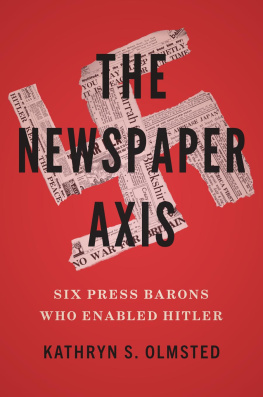
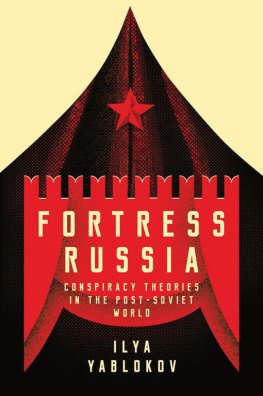
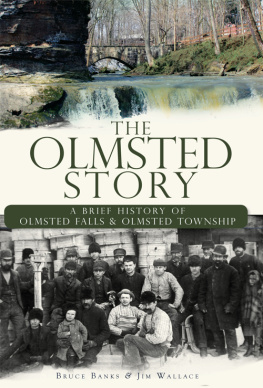
![Monte Cook - The Skeptics Guide to Conspiracies: From the Knights Templar to the JFK Assassination: Uncovering the [Real] Truth Behind the Worlds Most Controversial Conspiracy Theories](/uploads/posts/book/346601/thumbs/monte-cook-the-skeptic-s-guide-to-conspiracies.jpg)
